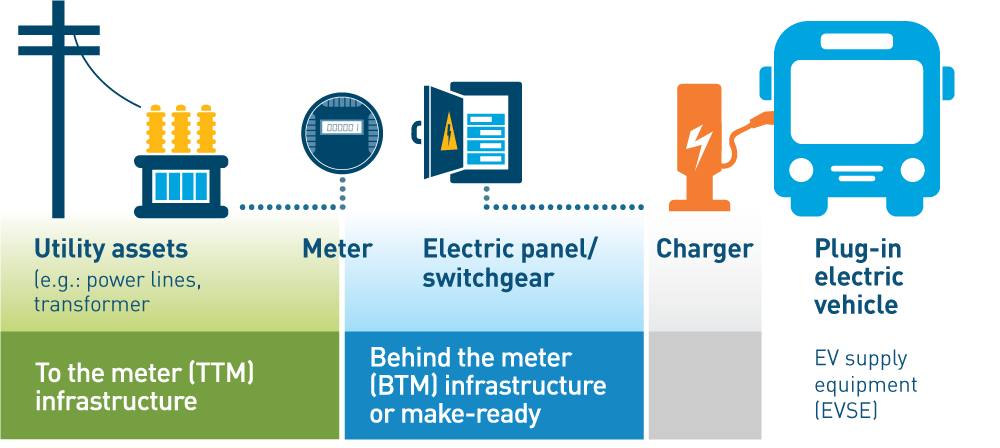Note: The application window is closing soon. The EV Fleet program is approaching maximum enrollment. Applications for the waitlist will be accepted until June 30, 2026. We will contact you if a spot becomes available.
EV Advisory Services offers no cost guidance. Our advisors can help you through the electrification journey. Apply here.
More EV resources
EV Fleet Charging Guidebook
Learn about charger selection, site planning, understanding electricity costs and more.
EV Fleet Savings Calculator
To find out how moving to an electric fleet will impact your rates, use our rate calculator to see what rates and savings opportunities you might be eligible to receive.
Approved charging product list
You can select EV charger options from our approved product list (hosted by Southern California Edison) and receive a rebate of up to 50% of the cost for eligible chargers.
Terms & Conditions
To participate in EV Fleet, you must agree to abide by the terms and conditions of the program.
Offer Letter & Contract
To move your project into the design phase and begin the engineering, design and construction plans, you must first complete the offer letter and contract.
Electrification process
Learn about the step-by-step process to fleet electrification.
Check grid capacity
Find grid capacity information to help with site selection.
Information for dealerships
Learn how dealers can boost EV sales by referring customers to EV Fleet.
Behind the Meter (BTM) Infrastructure Design Guidance
Learn how to find a qualified professional to design your BTM infrastructure.



